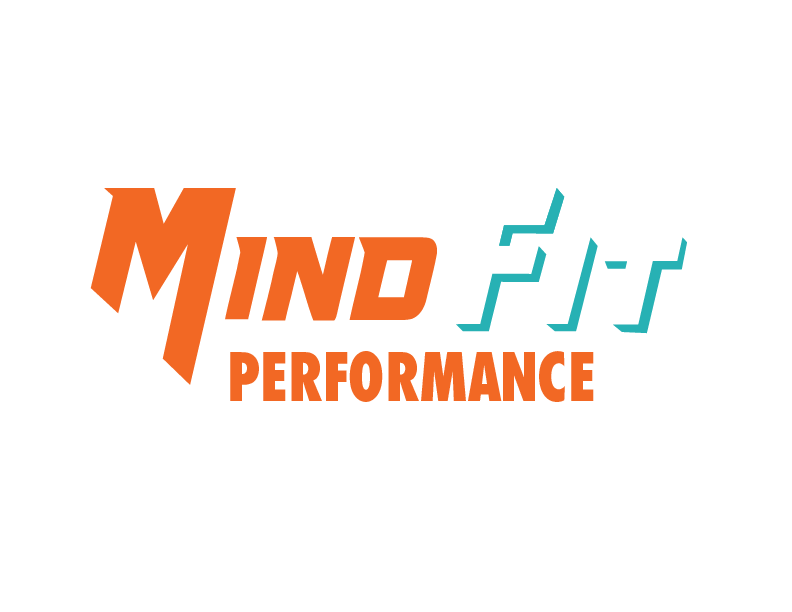How To Series; Self-Awareness
Hi! Welcome to the MFP How To series...where we’ll talk about a skill or concept and how you can use it in your everyday life.
Today, I’ll be sharing how to start building your self-awareness.
Self-awareness is the ability to monitor your internal (thoughts, feelings, emotions) and external self (the physical, i.e., tension, soreness, etc.). Cultivating your self-awareness is an important first step to developing your mindset so that the mental skill techniques required to perform consistently can be tailored and customized to your needs.
An open, objective observation of feelings, senses, desires, and actions can help you challenge your current tendencies, develop new approaches to try, and understand yourself more deeply. There’s no need to re-live negative emotions, instead noticing them and learning from their presence to boost self-awareness.
Let’s explore five ways to build your self-awareness below:
Practice asking yourself questions with the intention to learn. Said another way, be curious! Better questions get better answers. When your intention is to learn, you gain information you can use to be more purposeful, aware, and in tune with your wants, needs, and goals.
Keep a thought journal. Record what was occurring at the time, what you were thinking and feeling at the time, and your emotion levels relative to the stimulus. After a few weeks, review the data entered and look for underlying causes or recurring themes. For example, how do your thoughts and emotions change based on the stimulus? How do they change based on the outcome?
Start practicing mindfulness. Mindfulness is the act of being in the moment without judgment - and a great way to build awareness. Focus on your breath, how your body feels, and staying in the moment. Let any thoughts or feelings you have pass by without judgment, like the clouds overhead on a windy day or the flow of a river downstream - let them flow.
Practice progressive relaxation. This is a method to build your awareness of your body and any tension you may be feeling. Targeting each body part, tense each muscle group for 10-15 seconds, then release that tension by relaxing the muscle and taking a deep breath. Repeat as many times as necessary for each body part. Take notice of where your body carries tension, stress, and or any other emotion, and add those notes to your Thought Journal.
Learn your triggers and tendencies. What causes you to feel stressed? Do you typically feel physical symptoms of stress (rapid heartbeat, shallow breathing), mental symptoms of stress (racing thoughts, negative thoughts), or both? Knowing what your triggers and tendencies are can help you be aware of when they might strike and how to cope with them when they do.
Self-awareness is a trainable skill that does take time and effort. The benefits are many, and the increased awareness can be applied to help you know and understand yourself on a deeper level. Knowing what your tendencies and triggers are can be a valuable tool to assist you as you navigate what life throws at you.
If you have questions, want to learn more, or want to collaborate on building your awareness, get in touch and we’ll get started!
